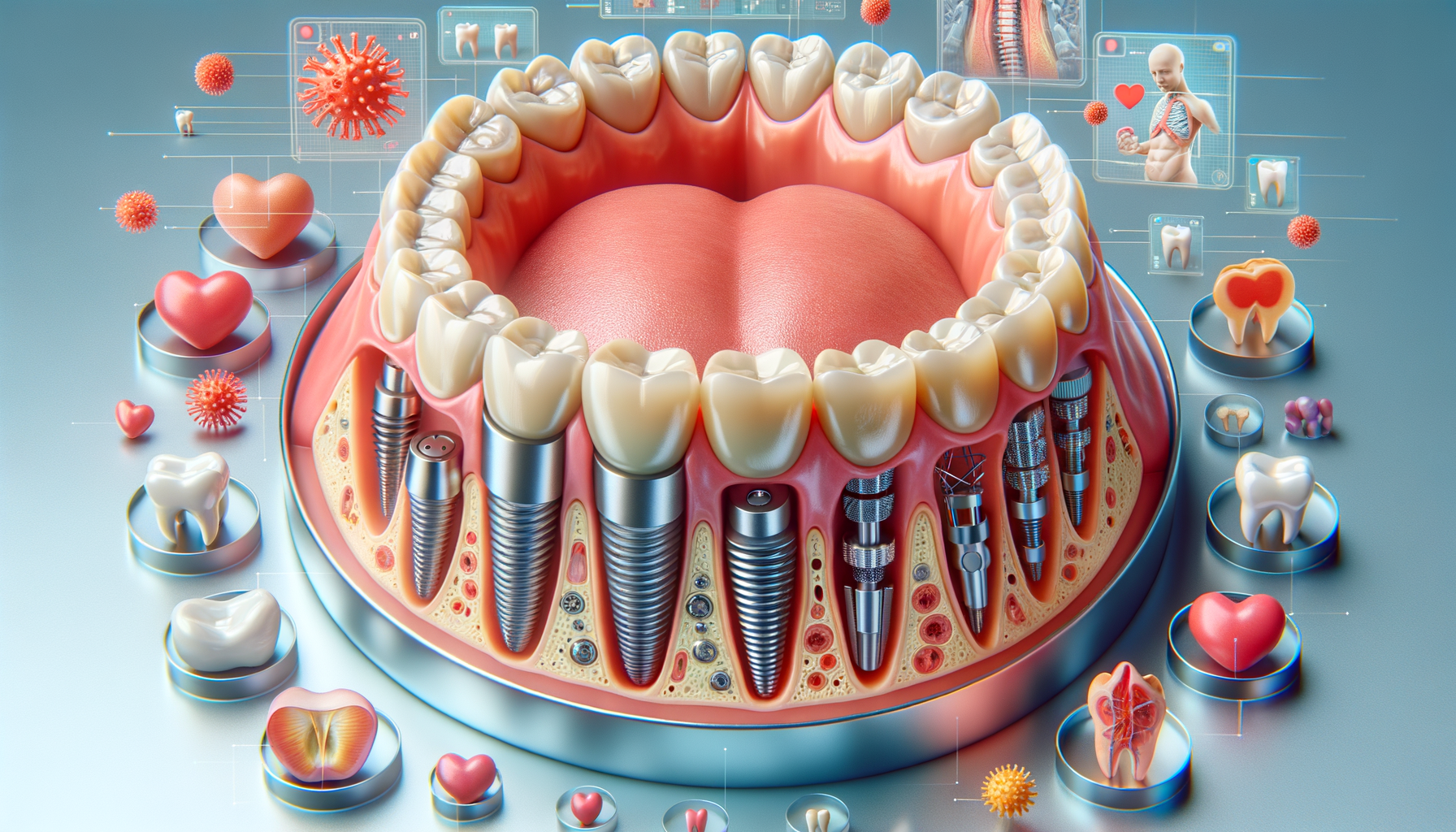Understanding Dental Implants
Dental implants are artificial tooth roots, typically made from titanium, that are surgically inserted into the jawbone. They serve as a stable foundation for replacement teeth, such as crowns, bridges, or dentures. The process of getting a dental implant involves several stages, including initial consultation, surgical placement, and the attachment of the prosthetic tooth. This multi-step process ensures that the implant is securely integrated into the bone, providing durability and functionality similar to natural teeth.
Implants are considered a highly effective solution for tooth loss, offering benefits such as improved oral health, enhanced appearance, and increased comfort. Unlike traditional dentures, implants do not slip or cause discomfort, making them a popular choice for those seeking a long-term solution. Moreover, dental implants help preserve the jawbone, preventing bone deterioration that often occurs with missing teeth.
The Benefits of Dental Implants
Dental implants offer numerous advantages that make them a preferred choice for many individuals. One of the key benefits is their natural look and feel. Since implants are designed to mimic the appearance of natural teeth, they blend seamlessly with existing teeth, enhancing the overall aesthetic of your smile.
Another significant advantage is the improvement in oral function. Implants restore full chewing ability, allowing individuals to enjoy their favorite foods without restriction. Additionally, implants do not affect speech, as they are securely anchored in the jaw.
Furthermore, dental implants contribute to improved oral health. Unlike bridges, which require the alteration of adjacent teeth, implants do not compromise the integrity of surrounding teeth. This preservation of natural teeth helps maintain overall dental health. Additionally, implants provide stimulation to the jawbone, preventing bone loss and maintaining facial structure.
The Dental Implant Procedure
The dental implant procedure is a multi-step process that requires careful planning and execution. Initially, a comprehensive evaluation is conducted to assess the patient’s oral health and determine the suitability for implants. This evaluation includes dental X-rays, 3D imaging, and a thorough examination of the jawbone.
Once deemed suitable, the surgical phase begins. During this stage, the implant is placed into the jawbone under local anesthesia. The implant is then allowed to heal and integrate with the bone, a process known as osseointegration, which can take several months. This integration is crucial for the stability and longevity of the implant.
After successful integration, an abutment is attached to the implant, serving as a connector for the prosthetic tooth. The final step involves the placement of the custom-made crown, bridge, or denture, completing the restoration process.
Comparing Dental Implants to Other Options
When considering tooth replacement options, it’s essential to compare dental implants with other alternatives, such as dentures and bridges. Dentures are removable appliances that replace missing teeth, but they can sometimes slip or cause discomfort. While they are a less invasive and more affordable option, they may not provide the same level of stability and function as implants.
Bridges, on the other hand, are fixed prosthetic devices that rely on adjacent teeth for support. While they offer a more permanent solution compared to dentures, they require the alteration of healthy teeth, which can compromise overall dental health. Additionally, bridges do not prevent bone loss in the jaw, which can lead to further dental issues over time.
In contrast, dental implants offer a durable and stable solution that mimics the function of natural teeth. They do not affect surrounding teeth and help preserve the jawbone, making them an excellent long-term investment in oral health.
Considerations and Potential Challenges
While dental implants offer numerous benefits, there are several considerations and potential challenges to keep in mind. One of the primary factors is cost. Dental implants can be more expensive than other tooth replacement options, but their durability and longevity often justify the investment.
Additionally, the implant process requires a significant time commitment, as it involves multiple stages and healing periods. Patience is essential, as the process can take several months from start to finish.
There are also potential risks associated with dental implants, such as infection, nerve damage, or implant failure. However, these risks are relatively low when the procedure is performed by a skilled and experienced dental professional. It’s crucial for patients to maintain good oral hygiene and attend regular check-ups to ensure the success and longevity of their implants.




Leave a Reply